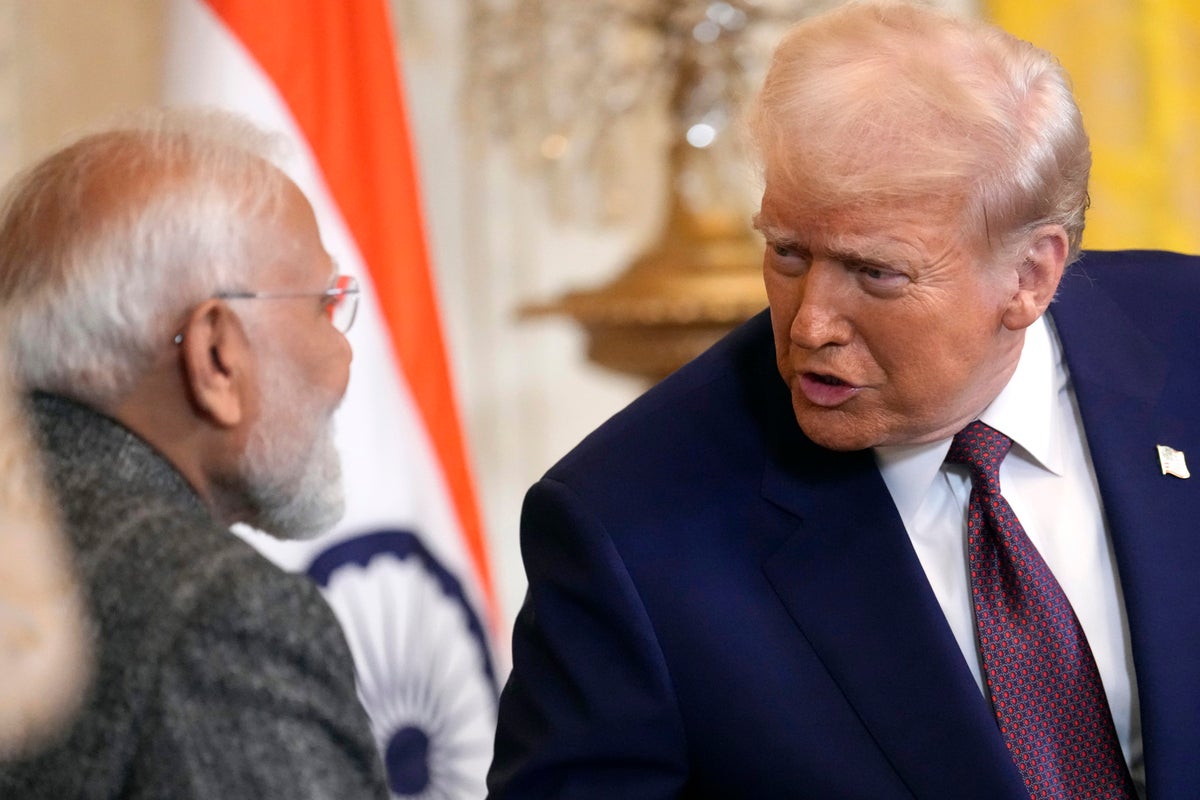Escalating Tensions Between the U.S. and India Over Tariffs
The relationship between the United States and India has faced a significant strain due to recent developments involving trade policies and geopolitical strategies. A notable point of contention is the imposition of tariffs on Indian imports by the U.S. government, which has sparked widespread concern among Indian officials and citizens alike.
The Impact of Tariffs on Trade Relations
The U.S. President signed an executive order that subjects Indian imports to a 50% tariff, primarily due to India’s continued purchase of Russian oil. This move adds an additional 25% in duties on top of the existing 25% tariff, effectively doubling the burden on Indian goods entering the U.S. market. Such actions have been met with criticism from various quarters in India, including opposition parties and the general public, who view the move as a form of bullying.
Analysts warn that this latest action could undermine two decades of diplomatic progress between the two nations. The potential for this to derail other areas of cooperation is a growing concern, especially as domestic political pressures push both sides to adopt more rigid stances.
Strategic Rivalry and Geopolitical Considerations
India has increasingly emerged as a key partner for the U.S. in its strategic rivalry with China. However, its large trade surplus with the U.S. and close ties with Russia have made it a target for Trump’s global tariff initiatives. The U.S. president has also made remarks suggesting that India could buy oil from Pakistan, which has not been well received in New Delhi.
India has consistently rejected claims that Trump used trade as a lever to end a recent military conflict between India and Pakistan. In response to the new tariffs, India has labeled them as “unfair, unjustified and unreasonable,” vowing to take all necessary actions to protect its national interests.
Challenges in Navigating the Relationship
Despite the historical significance of the U.S.-India relationship, recent developments have highlighted the challenges in maintaining it. Unlike China, India lacks leverage such as supplies of rare earths to negotiate better terms in any trade deal. This has left India in a difficult position, where further escalation could lead to negative consequences beyond trade.
Analysts suggest that Trump’s recent moves have potentially set the relationship back to one of its worst phases since the U.S. imposed sanctions on India for nuclear tests in 1998. The situation is complex, with India caught in a dilemma: reducing oil purchases from Russia may be necessary to avoid further pressure from the U.S., but doing so publicly could be seen as a sign of capitulation.
Diverging Priorities and Political Challenges
A pressing challenge for India is the divergence between its priorities and those of Trump’s political base on issues such as work visas for tech professionals and offshoring of services. India has long benefited from U.S. work visa programs and the outsourcing of software and business services, which has been a source of tension for Americans concerned about job losses.
This issue has the potential to turn relations with India into a “football in American domestic politics,” as warned by former State Department official Evan Feigenbaum. Key topics like immigration, H1B visas, offshoring, and technology sharing are highly partisan and can lead to explosive situations in Washington.
Strengthening Ties with Other Nations
In response to the current tensions, some Indian government sources suggest that India needs to gradually repair ties with the U.S. while engaging more with other nations affected by Trump’s policies. This includes countries within the African Union and the BRICS bloc, which includes Brazil, Russia, China, and South Africa.
India has already taken steps to strengthen its relationships with Russia and China. Russian President Vladimir Putin is expected to visit New Delhi this year, and discussions have been held on further strengthening defense cooperation. Additionally, India has increased engagement with China, despite past tensions following a deadly border clash in 2020.
Looking Ahead
As the relationship between the U.S. and India continues to evolve, it is clear that both nations face significant challenges. The path forward will require careful navigation of geopolitical interests, trade policies, and domestic political pressures. The outcome of these interactions will have far-reaching implications for both countries and their broader strategic goals.

